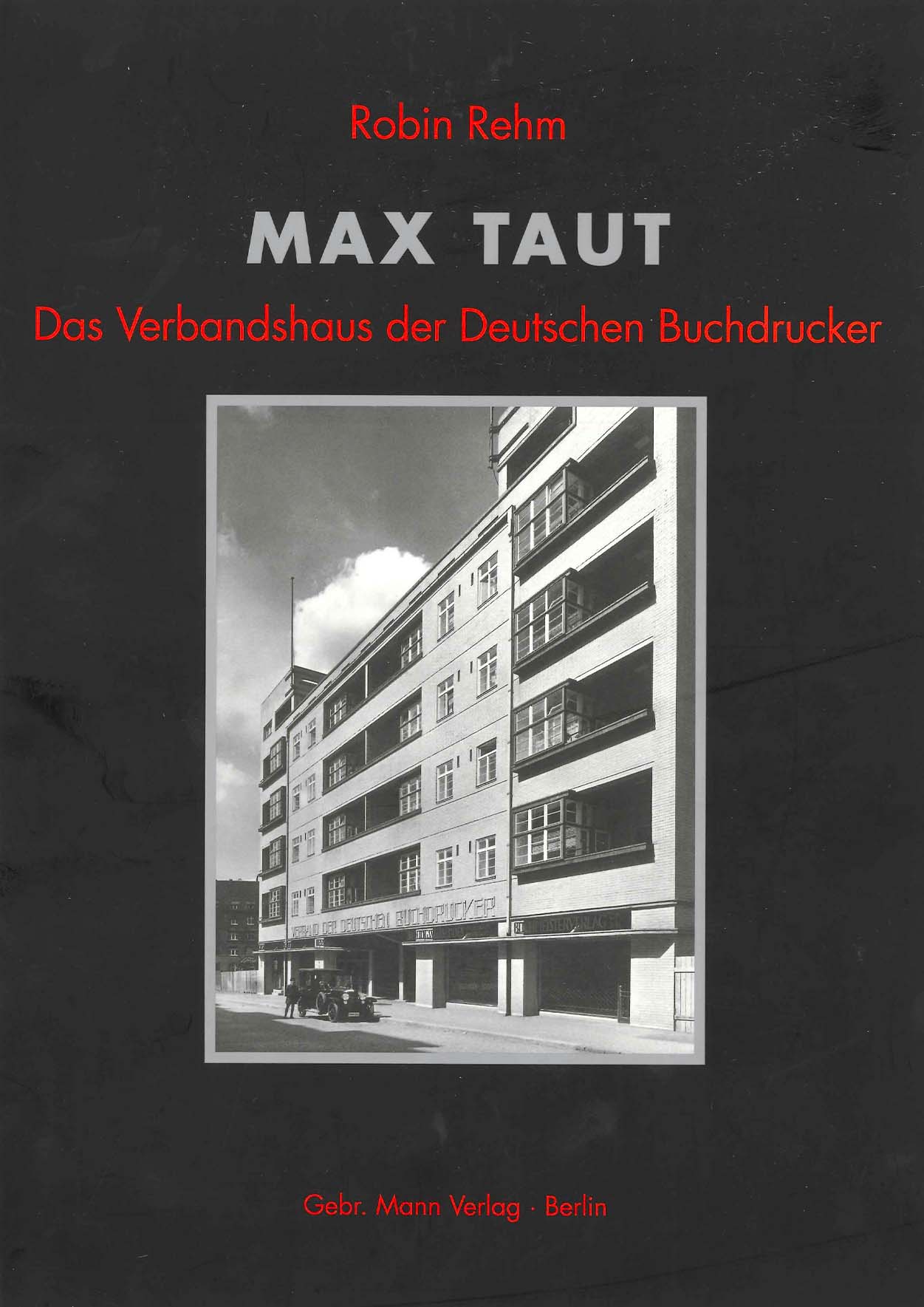
Rehm, Robin, Max Taut. Das Verbandshaus der Deutschen Buchdrucker, Berlin 2002.
To the publisher
Max Taut’s Buchdruckerhaus, built between 1924 and 1926 in Berlin-Kreuzberg, is generally described as “functional”. This gives the idea that it is mainly a building oriented towards “purpose”. Only in his memorandum written in 1924 for the design presentation of the Buchdruckerhaus did Max Taut comment on the conception of the content of the new building. As can be seen there, he transferred the philosophy of Confucius to the Buchdruckerhaus. Max Taut used two methods of representation: On the one hand, he used perceptual-psychological means, and on the other, he drew on motifs from Chinese art, which can also be observed in the sculpture by Rudolf Belling designed for the Verbandshaus. Max Taut transferred the philosophy of Confucius metaphorically in the sense of a “community of the association’s members” to the Buchdruckerhaus.The Verbandshaus der Deutschen Buchdrucker (Association House of the German Book Printers) is an expressive example of the Weimar Republic’s architecture oriented towards apperception and thought.